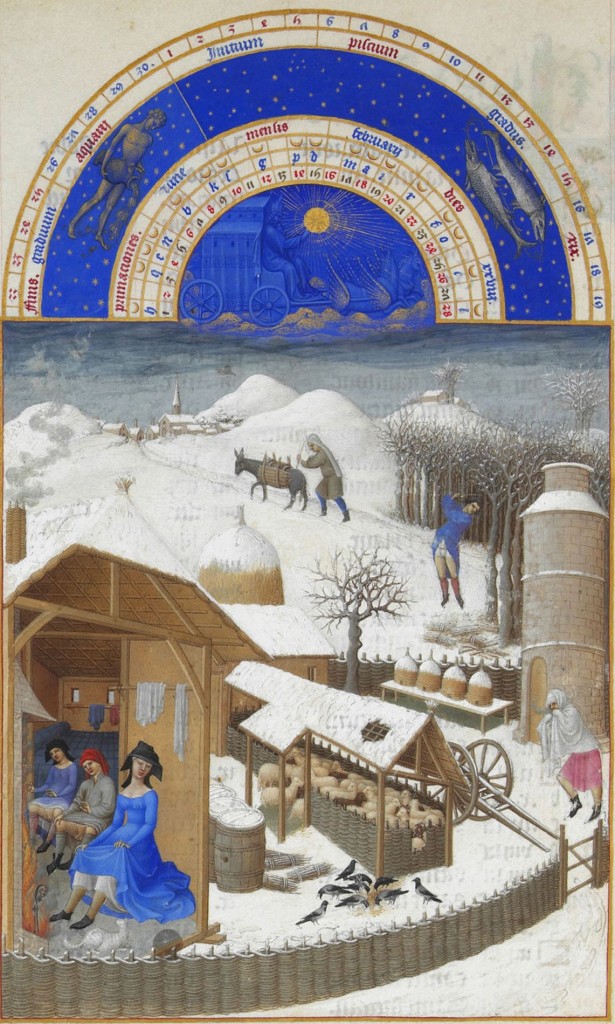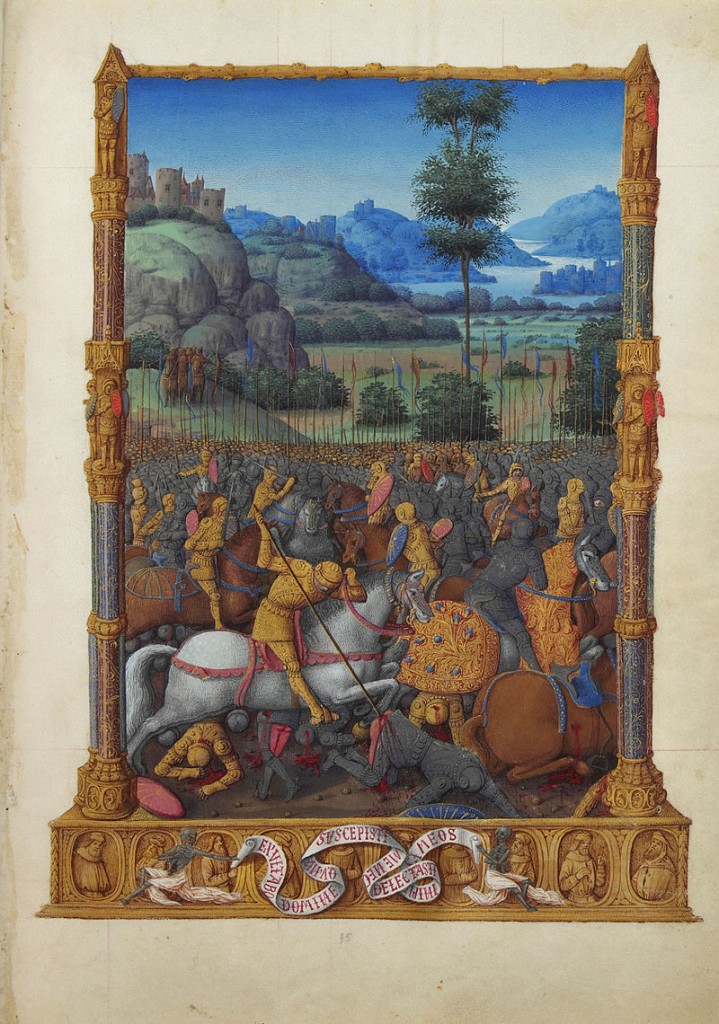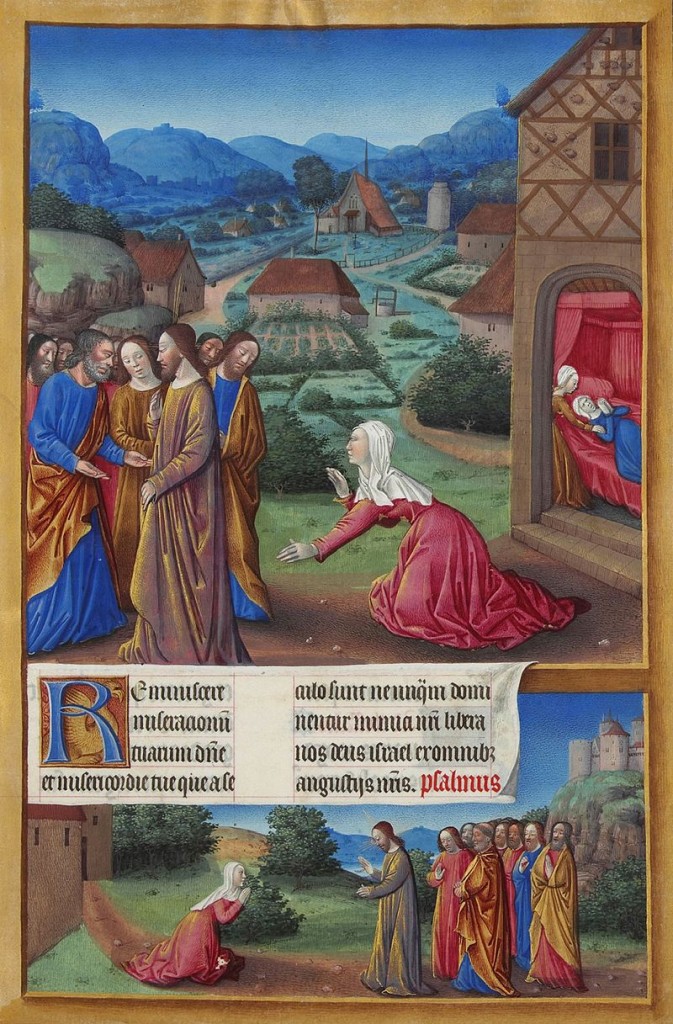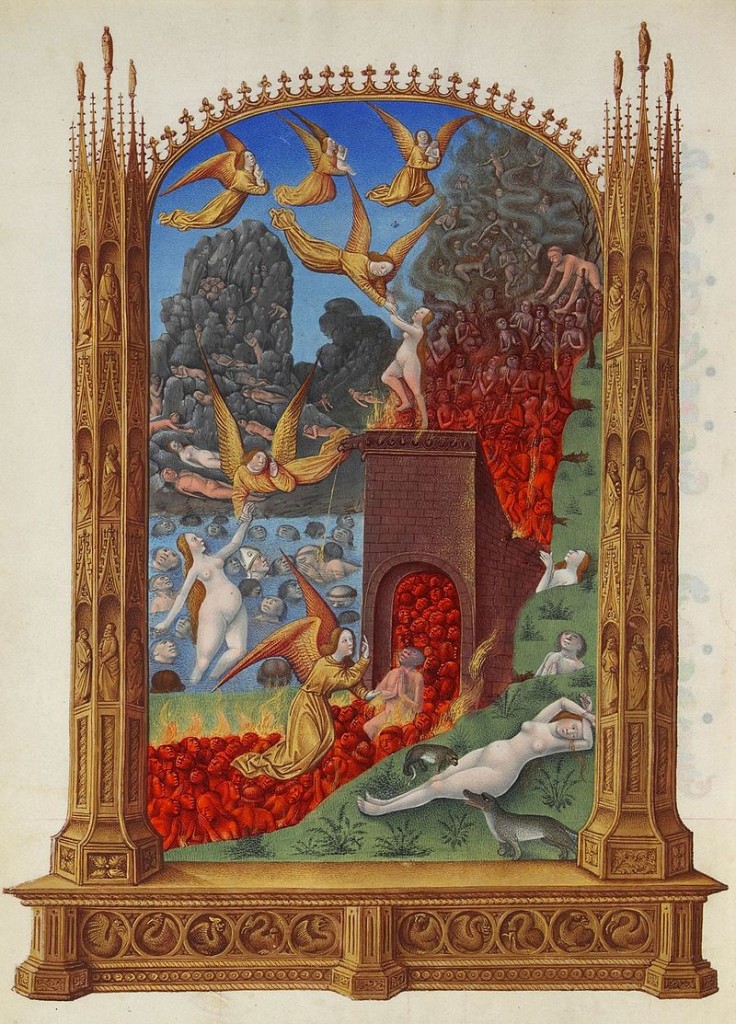 Usually, I don’t list a book as “read” unless I read the whole thing, but this is a special case. The Très Riches Heures is a medieval breviary, famous for its artistic value as an illuminated manuscript. I doubt that many people have ever read the entire text, which is merely a collection of prayers, making tedious reading. Such books were made for laymen who wished to bring some elements of monastic practice into their daily lives. They provided a calendric schedule for reading passages from the Gospels, the Psalms, and litanies, and also helped one keep track of the many feast and saints’ days. Most were in Latin, but some were in local vernaculars. Thousands of these manuscripts survive, but a handful that were produced for wealthy nobles are spectacularly illuminated. The one produced for the Duc de Berry is considered to be one of the principal masterpieces of medieval art. It is sometimes said to be the most valuable book in the world.
Usually, I don’t list a book as “read” unless I read the whole thing, but this is a special case. The Très Riches Heures is a medieval breviary, famous for its artistic value as an illuminated manuscript. I doubt that many people have ever read the entire text, which is merely a collection of prayers, making tedious reading. Such books were made for laymen who wished to bring some elements of monastic practice into their daily lives. They provided a calendric schedule for reading passages from the Gospels, the Psalms, and litanies, and also helped one keep track of the many feast and saints’ days. Most were in Latin, but some were in local vernaculars. Thousands of these manuscripts survive, but a handful that were produced for wealthy nobles are spectacularly illuminated. The one produced for the Duc de Berry is considered to be one of the principal masterpieces of medieval art. It is sometimes said to be the most valuable book in the world.

The copy I have is a facsimile of the original manuscript, and even for someone familiar with medieval French, the script used in the middle ages is very difficult for a modern reader to get used to [see the sample in the image below]. I could not find a translation of the text, or a version in modern French, so I contented myself with reading a random assortment of pages to get the feel of it. It is, after all, as visual art that the book has its fame. The book was begun in 1412, commissioned by Jean duc de Berry from three Limbourg brothers, Dutch artists who worked in the court of Burgundy. All three died of the plague (along with their patron) four years later, with the work uncompleted. More illustrations were added over the next few decades, by an unknown artist and by Jean Colombe (c.1430–1493). It remained obscure until the 19th century, when it left private hands and became recognized as a masterpiece.

Quite apart from being extraordinarily beautiful, the book is a treasure-trove of visual information about medieval society, because it includes depictions of peasant life (idealized) as well as the activities of the aristocracy. For this reason, some of the images — notably those from the calendrical portion [the first one shown here] — have been often reproduced as covers and illustrations for books on medieval history.
 But I strongly recommend that you download the images from Wikipedia Commons. This is a slow process, as you must individually download 425 files if you want to have the whole book. Most people will be content with the full-page illustrations and some of the more ornate text pages. There are dozens of unfamiliar, seldom reproduced images that will dazzle you.
But I strongly recommend that you download the images from Wikipedia Commons. This is a slow process, as you must individually download 425 files if you want to have the whole book. Most people will be content with the full-page illustrations and some of the more ornate text pages. There are dozens of unfamiliar, seldom reproduced images that will dazzle you.
0 Comments.